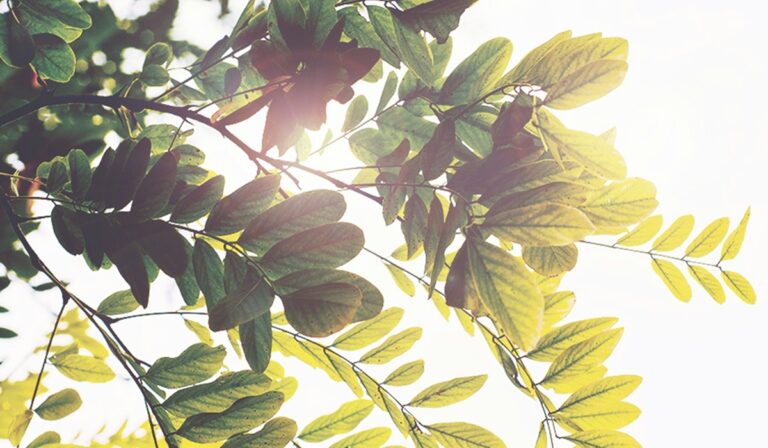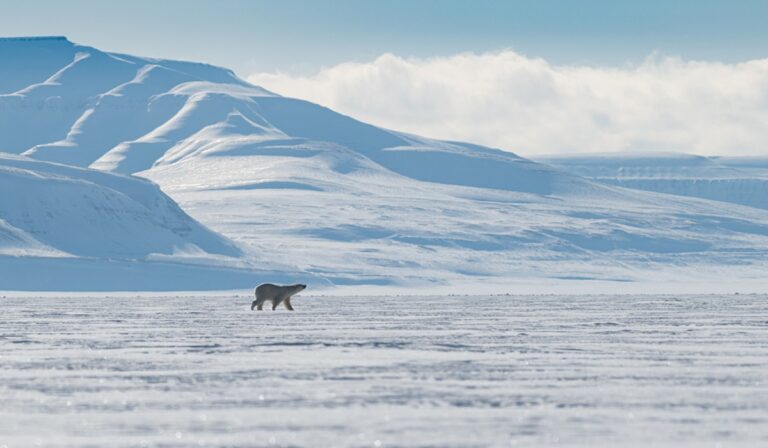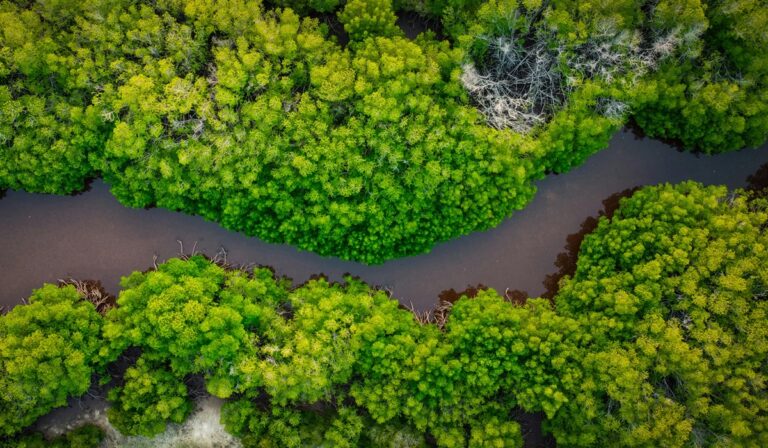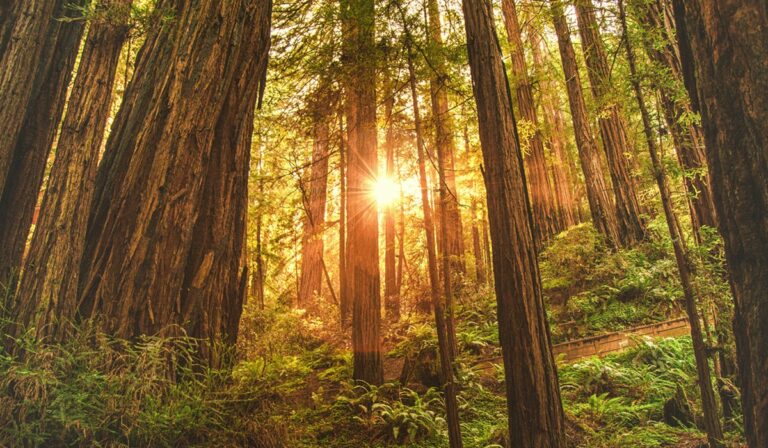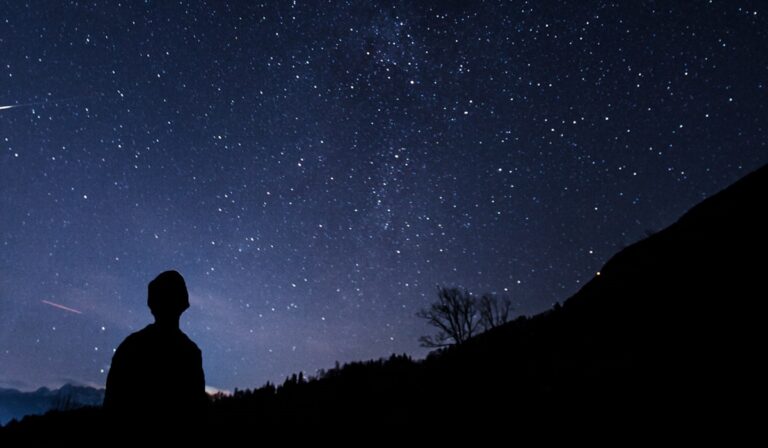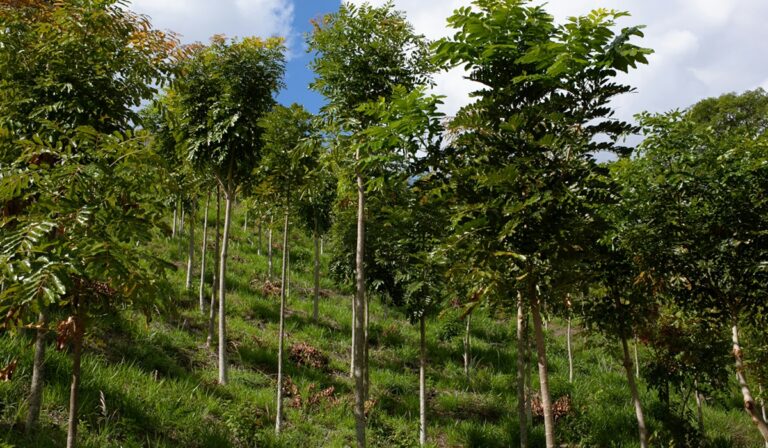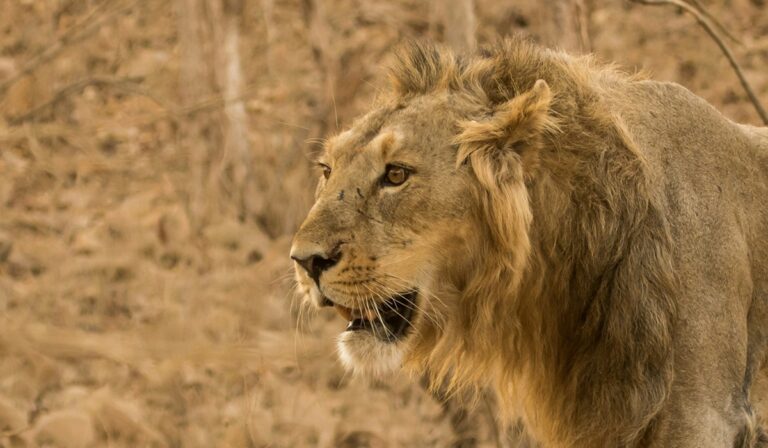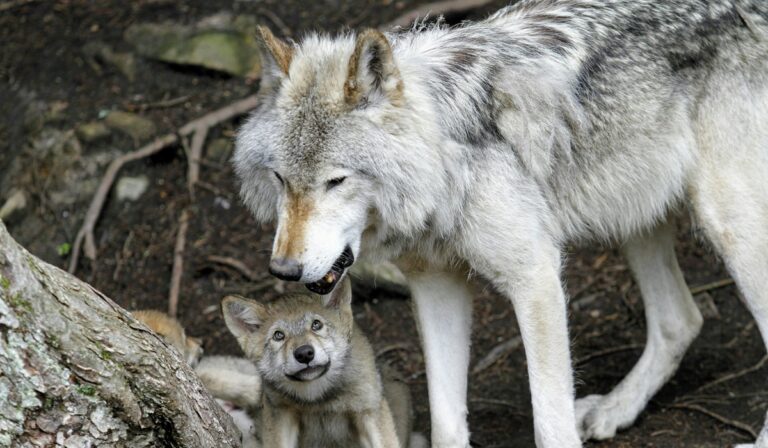Democratic Republic of the Congo plants more than 800 million trees between 2019 and 2023
Ten percent of the world’s tropical forests are found in the Democratic Republic of the Congo (DRC). But the U.N.’s Food and Agriculture Organization estimates the DRC is losing 1.2 million acres of forest every year. To help address this, a Congolese government program aspired to plant 1 billion trees between 2019 and 2023, aiming to strengthen climate resilience, alleviate poverty and protect biodiversity, and achieved 90% of their goal.
Democratic Republic of the Congo plants more than 800 million trees between 2019 and 2023 Read more

